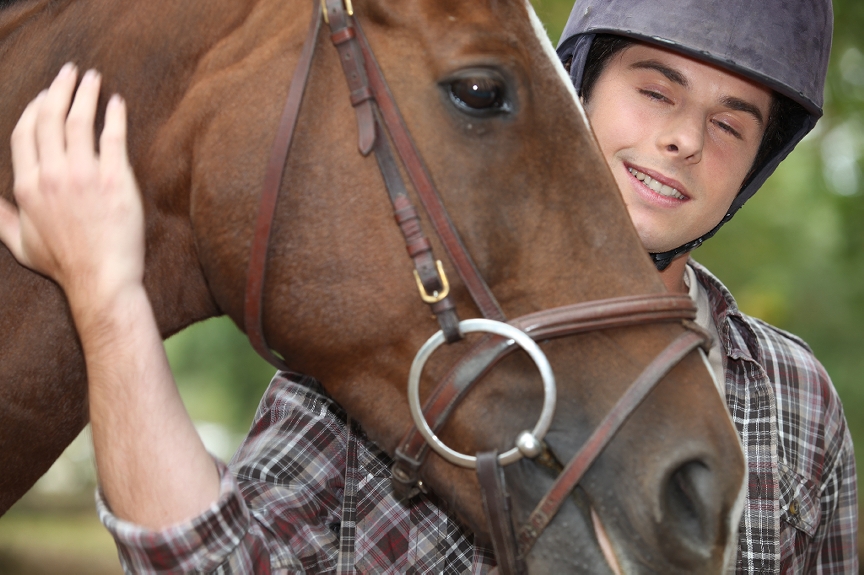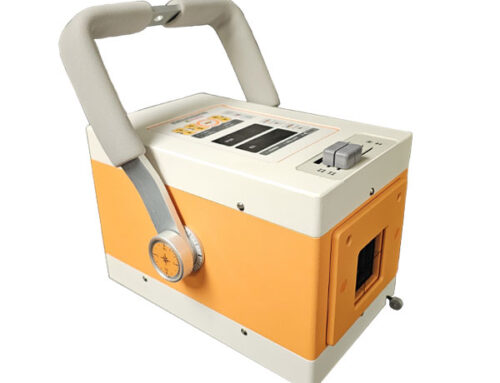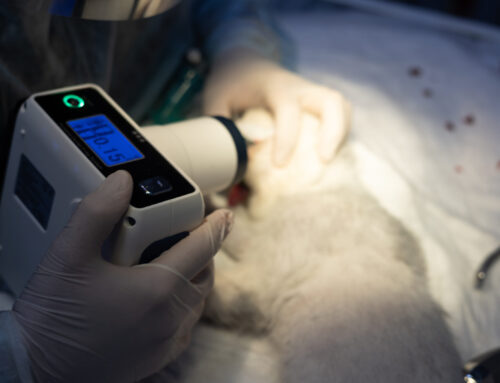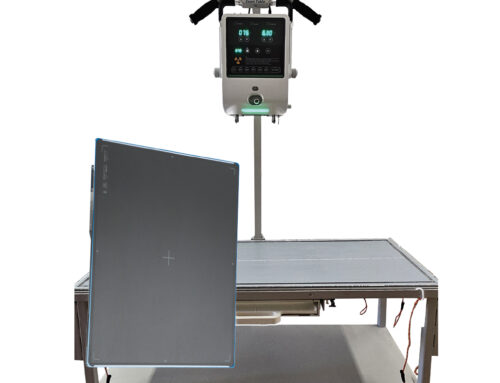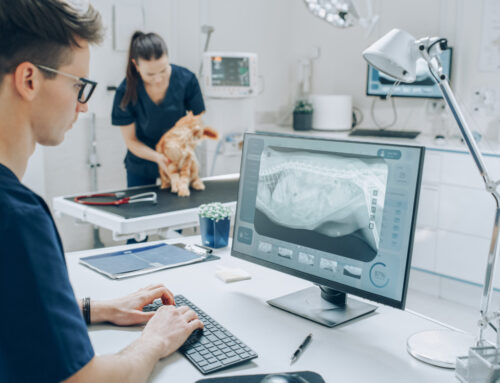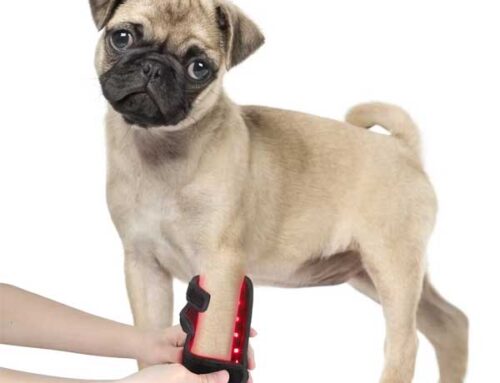Rescuing horses is unlike rescuing dogs, cats, and other typical pets. Often, these animals are saved when they are given away for free, or abandoned. Conversely, horses are often saved from the road to the slaughterhouse or purchased at auctions attended by meat buyers.
The How To
Best case, rescue organizations don’t “buy” animals, but horse rescue is filled with exceptions. Some animals are bought at auction in an effort to prevent a trip to the slaughterhouse. Often, timely rescues result in free or inexpensive foals. Some rescues are set up specifically to rescue retired race horses, or former rodeo stock.
Talking to people in the community or online gets the word out about your passion. Other rescuers, veterinarians, and horse owners are all willing and able to help. Owners who can no longer provide care for their animals and cannot sell the horse may be persuaded to relinquish to a shelter and provide a relinquishment fee to cover some of the expense of care.
The Legal
A true pet rescue is a charitable organization, one that runs as a non-profit. Anyone wishing to form a proper horse rescue organization needs to establish themselves as a charity – naming, licensing and funding needs to be addressed. In most cases they need to form a board of directors to promote the rescue operation, and do fund raising. Raising funds is very difficult for “new” rescues, as such most rescues, including horse rescue, starts out of the organizer’s own pockets.
Rescue organizations need to
- create relinquishment contracts – for owners who surrender their horses to sign, having the owner relinquish all rights to the horse and provide some history on it.
- create adoption questionnaires – something that contains information about the horse and for potential adopters to fill out to determine suitability.
- create adoption contracts that include the date, the name/number of the horse, fees, and other important information. Many adoption contracts include a clause that says the animal cannot be sold or given away for at least a year, and that if there are any problems with the horse in that time, the rescue group must be contacted, and the horse returned. Rarely is money refunded (error or health may be exceptions). The contracts nearly always forbid using the animal for breeding stock.
The Facility
Obviously, the horse rescuer will need some land and a few buildings—shelter for the animals, storage for feed and necessary equipment and a small office area for the humans who are involved (administrative, handlers, etc.)
there will need to be not one, but several corrals. The simple fact is that you should not expect to place all rescued horses in one corral. Some horses may come with no “background check,” others may be stressed or aggressive and others may be too weak to thrive within a group setting.
The Supplies
Speak to the community for donations of halters, feed buckets, water buckets, grooming equipment, basic horse first aid box, cameras, and computers. Animals will need to have a veterinarian, and a farrier (expect to pay both, but negotiate reduced rates for a visit that includes multiple horses).
The horse rescue will need to have people (generally volunteers) ready, willing, and capable, to work with horses that may never have had any training, to clean stalls (if needed), to feed, water, and care for the horses on day-to-day basis
And always remember that the goal of any horse rescue is to save the life of an unwanted horse and to place it in a safe and caring permanent home as soon as possible.

